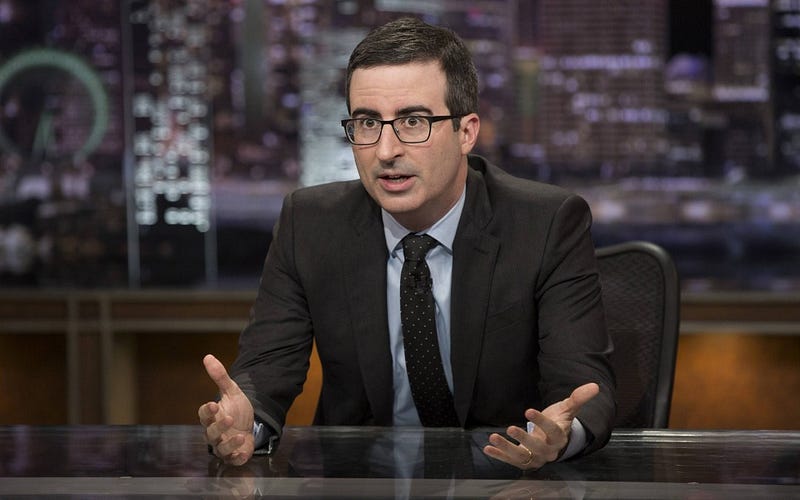Breaking The Ice: The Changing Face of Climate Change in Mass Media
By Erica Yee, Journalism and Information Science, 2020

For many years, the media has framed the reality of global climate change as controversial and uncertain. In a 1950 article titled “Is the World Getting Warmer?”, the Saturday Evening Post spearheaded mass media coverage of climate change. However, the presented theories failed to mention the effects of human activity on global temperature, reflecting the general consensus that Earth could easily absorb the outputs of industrialization. Consistent media coverage of global warming did not take off until 1988 — when Dr. James Hansen, a NASA scientist, reported the agency was 99 percent certain global warming was anthropogenic and caused by a buildup of artificial gases in the atmosphere.
Since the 1990s, mass media coverage of climate change has been characterized by spurts of increased reporting when there are big stories — exemplified through the international attention brought by the loss of Arctic habitat due to rising temperatures. While polar bears resembled a key symbol of global climate change, Al Gore’s activism in the early 2000s marked a turning point in public awareness of climate change. Later, the 2007 UN Intergovernmental Panel on Climate Change’s Fourth Assessment Report unequivocally confirmed the consensus that global warming was man-made. Furthermore, major policy initiatives — such as the American Clean Energy and Security Act of 2009 — have heightened public interest.
An increase in coverage of environmental issues over the years has increased public awareness. However, intrinsic differences in scientific and journalistic ways of thinking can complicate reporting of controversial issues, such as global warming. While often many people carry out scientific research over many years, the media responds to high impact or breakthrough research. Media outlets report on issues while they are considered relevant, sometimes before understanding the complex scientific discoveries, and may oversimplify or misrepresent results. False balance in news coverage can give the erroneous impression of scientific uncertainty and is a chief challenge for the science community. As journalists strive to represent opposing sides of an issue, they can be too objective when covering science by giving the megaphone to skeptics.
Thus, minority views — not supported by scientific evidence — can overpower facts and lead to misconceptions. According to a 2004 study published in Global Environmental Change, many mainstream news organizations’ focus on maintaining balance “leads to biased coverage of both anthropogenic contributions to global warming and resultant action.” Even as legitimate climate scientists were more and more certain about human-induced changes, outlets gave ink and space to the marginal views of deniers. Climate change coverage has since improved, but the challenges of reporting effectively remain.
John Wihbey, assistant professor of journalism at Northeastern University, explained how good reporters must “be creative, put the issues in context, and show the public their stake.” Wihbey cited NBC coverage of a prominent 2012 study about melting ice sheets as a compelling example. Instead of merely summarizing this report’s findings that rising sea levels be attributed to melting ice, the NBC anchor made the statistics relevant and more comprehensible to the public. For example, they compared the annual 344 billion metric tons of ice melting in Antarctica and Greenland to the “weight of more than a million Empire State buildings.”
Other media outlets have also found creative and compelling ways to discuss climate change. For example, Last Week Tonight host John Oliver physically staged an accurately balanced debate about anthropogenic climate change with 97 scientists opposing 3 skeptics. The NY Times published “Short Answers to Hard Questions about Climate Change” to remediate and increase public knowledge. This piece simply — but thoroughly — presents the scientific consensus, explains reasoning behind skepticism, recommends everyday actions, and provides the opportunity for people to ask further questions. Offering visuals — not just confusing graphs — can also pique the public’s interest.
For most people, the reality of science is what they read or watch in the press. Therefore legitimate and effective science journalism requires a combination of vetted facts and often relevance to people’s everyday lives. As science issues — especially climate change — become increasingly important to modern society, the mass media has the responsibility of informing public awareness. Reporters must tell stories proportional to the scientific consensus and be patient about breaking news. On the flip side, news consumers need to understand that the scientific method, though well vetted and usually applied with good intentions, is not perfect. Data can be skewed and longstanding “facts” can be refuted. Healthy skepticism of the news must be balanced with an underlying trust that both scientists and journalists are trying to do their jobs and make the world a better place.
